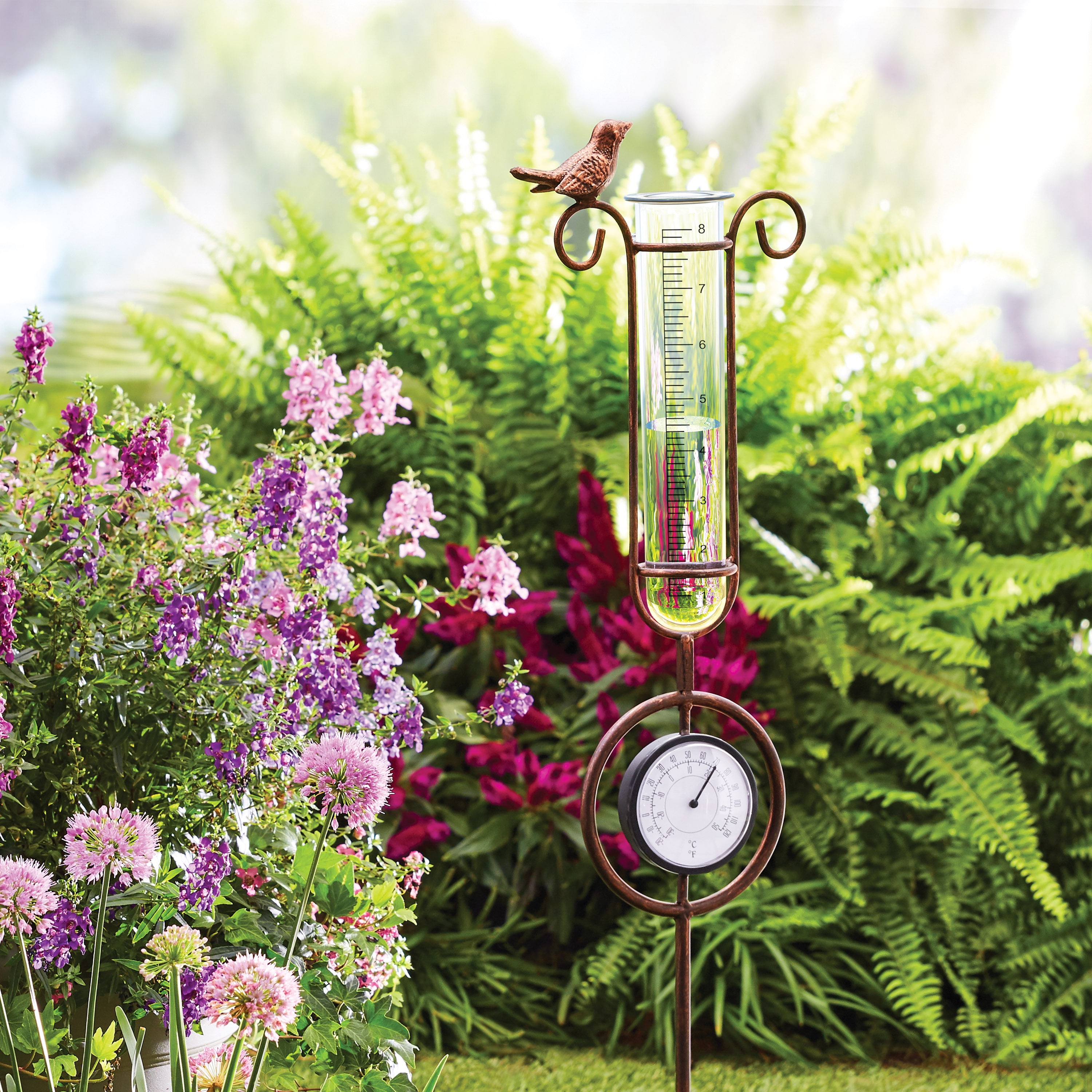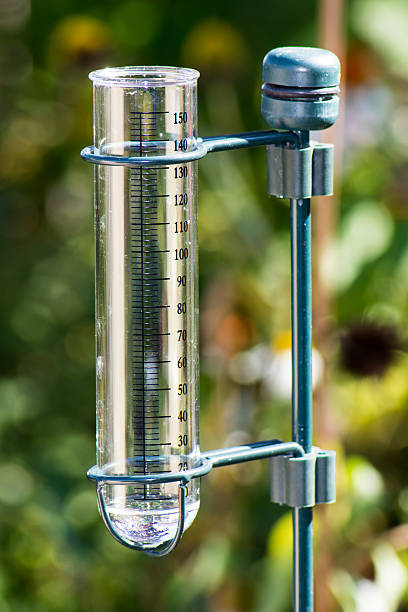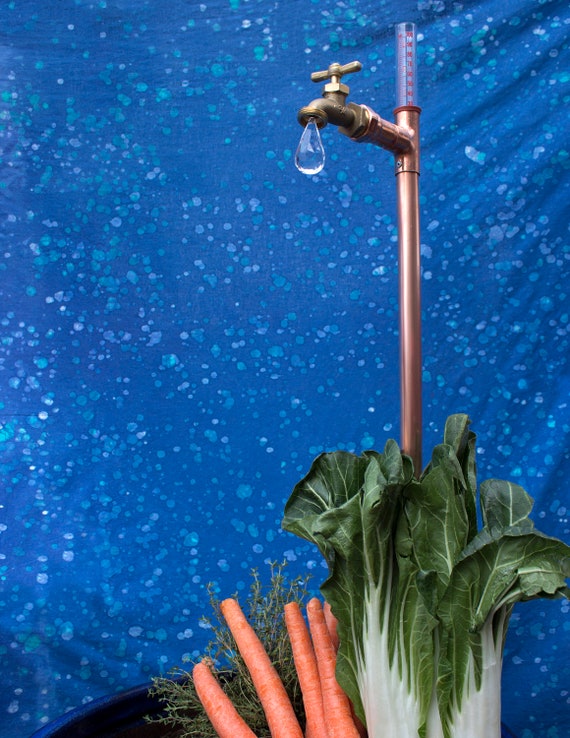The Rain Gauge: Deciphering Rainfall Patterns and Enhancing Weather Awareness
Wiki Article
How to Select the Right Rain Gauge for Accurate Rainfall Data
Precise rains data is vital for numerous sectors and activities, such as weather forecasting, farming, and water source management. To acquire dependable measurements, it is necessary to choose the appropriate rain scale. This guide aims to give important understandings into the choice process, allowing you to make informed choices. Considering aspects such as location, kind, and precision of the rain scale will assist make sure accurate data collection. Additionally, comprehending the upkeep and calibration procedures will certainly add to the long life and reliability of your rain scale. By following these guidelines, you can ensure exact rainfall information, enabling much better decision-making and preparation for different applications.Importance of Picking the Right Rainfall Scale
The value of picking the right rain gauge lies in acquiring reliable and exact rainfall information for exact meteorological evaluation. Rain information is vital for a variety of applications, consisting of climate forecasting, hydrological modeling, and climate research study. Unstable or inaccurate data can lead to incorrect verdicts and flawed decision-making procedures.
Secondly, the precision and precision of the rain gauge are vital. The gauge should be able to gauge rainfall with high accuracy, catching also little amounts of rainfall accurately.
In addition, the place and installment of the rain scale are vital considerations. It must be positioned in an open area, far from obstructions that might affect rainfall dimensions. The gauge needs to be positioned at an ideal height and angle to prevent splashing and make sure proper catchment of rainwater.
Factors to Think About When Choosing a Rain Scale
When choosing a rain scale, there are a number of vital variables to consider. There are different types available, including conventional rain assesses, tipping bucket rainfall assesses, and evaluating rainfall determines.An additional variable to take into consideration is the material of the rainfall scale. Rainfall determines can be constructed from various materials, such as metal, plastic, or glass. The material selected must be sturdy and immune to weather, making certain that the rainfall scale will endure the components and offer accurate dimensions gradually.
Precision is likewise an important element to consider. Look for rainfall assesses that have been calibrated and examined for precision. Functions such as anti-splash rings and funnels can also improve the precision of the dimensions.

Finally, think about the environment and setting in which the rain scale will certainly be utilized. Different rainfall evaluates appropriate for various climates, so it is very important to choose one that is suitable for the conditions in your area.
Different Types of Rainfall Evaluates Offered
To additionally explore the factors to take into consideration when picking a rainfall gauge, it is necessary to comprehend the different sorts of rainfall determines readily available. There are a number of types of rain assesses, each with its own benefits and downsides. One of the most common kind is the conventional rain gauge, likewise called the cylindrical rain scale. This kind contains a straight-sided round container with a funnel-shaped top. It is simple to use and supplies accurate dimensions of rainfall.Another type of rainfall scale is the tipping pail rainfall scale. This scale utilizes a seesaw-like system to collect and measure rains. As the rainfall falls under the gauge, it fills one side of the container, creating it to empty the water and tip. The number of suggestions is counted electronically to determine the quantity of rainfall. Tipping bucket rain determines are prominent for their accuracy and ability to gauge rainfall intensity.
A 3rd type of rainfall gauge is the evaluating rainfall gauge. As the rainfall drops into the scale, it is accumulated in a container linked to a balance.
Lastly, there are also remote rainfall assesses that use advanced modern technology to determine rainfall (The Rain Gauge). These determines use sensors and transmitters to send out data wirelessly to a central system. Remote rainfall evaluates are practical for keeping track of rains in hard-to-reach locations or for large data collection
Exactly How to Establish the Accuracy of a Rain Scale
One means to assess the accuracy of a rainfall scale is by conducting routine calibration dimensions. Calibration entails contrasting the readings of a rainfall gauge to a conventional dimension, such as a licensed rain scale or a weather condition station with high accuracy. By comparing the dimensions, any kind of disparities or inaccuracies in the rain gauge can be determined and represented.To carry out a calibration dimension, beginning by accumulating rains information from both the rainfall scale and the basic measurement gadget over a certain time duration, such as a month. Compare the readings and determine the difference between them. This difference is called the calibration error.
It is very important to note that calibration dimensions need to be performed frequently, as ecological variables, such as particles, wind, and temperature, can affect the precision of the rain gauge with time. By performing normal calibrations, any kind of adjustments in the precision of the rainfall gauge can be identified and adjustments can view it be made accordingly.
Along with calibration, it is also advised to tidy and maintain the rainfall gauge regularly to guarantee its accuracy. Get rid of any particles or blockages that may influence the accuracy of the dimensions, and look for any indicators of damage or put on that may call for repair services or replacement.
Tips for Keeping and Calibrating Your Rainfall Gauge
Regular upkeep and calibration are crucial for guaranteeing the accuracy and reliability of your rainfall scale in measuring rains information (The Rain Gauge). By adhering to a couple of easy tips, you can ensure that your rain gauge is correctly maintained and calibratedTo start with, it is vital to clean your rain gauge on a regular basis to protect against any type of debris or dirt from blocking the rainfall collection mechanism. Utilize a light cleaning agent and a soft brush to carefully cleanse the within and outside of the gauge. Rinse it completely with tidy water and enable it to completely dry completely before reinstalling it.
Secondly, it is suggested to adjust your rainfall scale at the very least once a year. Calibration involves comparing the measurements of your rainfall scale with those of a relied on and exact referral scale. This will help you determine and remedy any kind of potential mistakes in your rain gauge's measurements.
To calibrate your rain gauge, gather go to this site a recognized volume of water utilizing a determining container and contrast it with the dimensions videotaped by your rainfall scale. Adjust the analyses as necessary to ensure accuracy.

Conclusion
Finally, picking the ideal rainfall gauge is crucial for obtaining exact rainfall data. Variables such as purpose, spending plan, and area must be thought about when selecting a rainfall gauge. There are various sorts of rainfall evaluates readily available, each with their own advantages and constraints. It is necessary to regularly preserve and adjust your rain gauge to guarantee its accuracy. By complying with these standards, exact rainfall information can be obtained for numerous applications.There are various types offered, consisting of basic rainfall gauges, tipping bucket rain assesses, and weighing rain determines.To better explore the factors to consider when choosing a rain gauge, it is vital to recognize the different types of rain evaluates offered. The most typical kind is the standard rain gauge, also understood as the cylindrical rain gauge.One more kind of rain gauge is the tipping pail rainfall scale. Calibration includes comparing the readings of a rain scale to a standard dimension, such as a qualified rainfall click here to read gauge or a weather terminal with high precision.
Report this wiki page